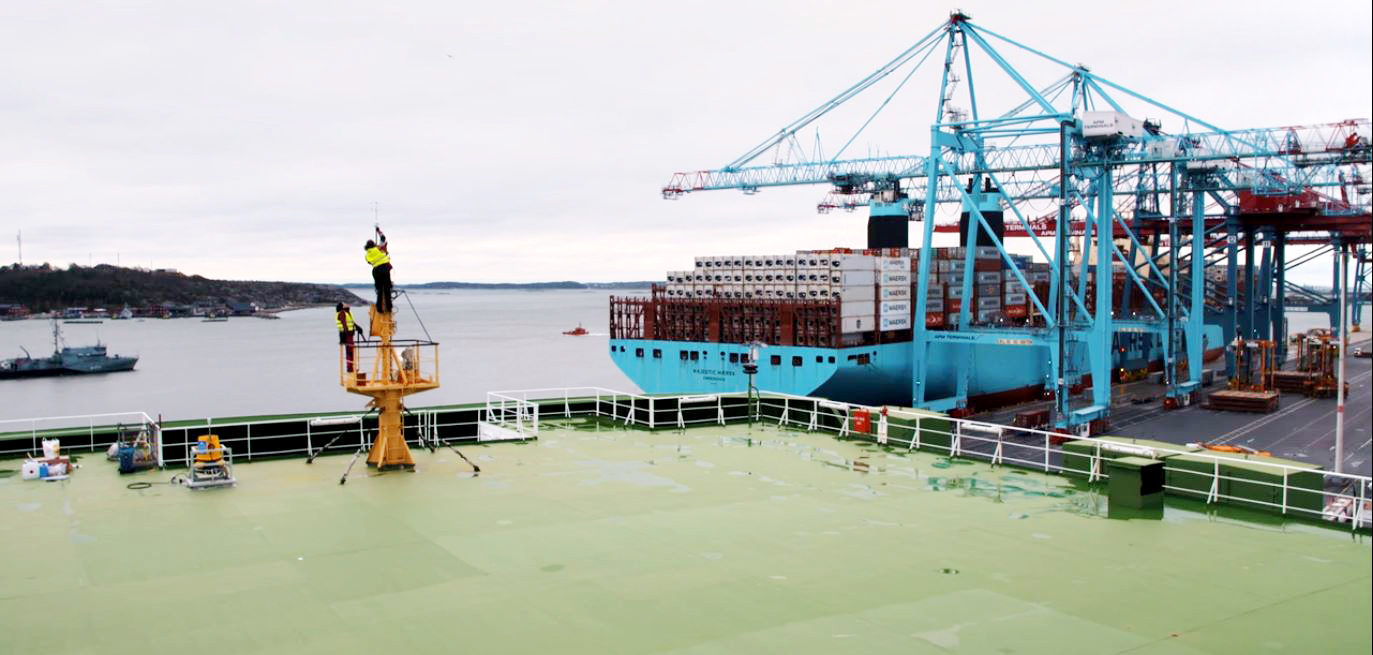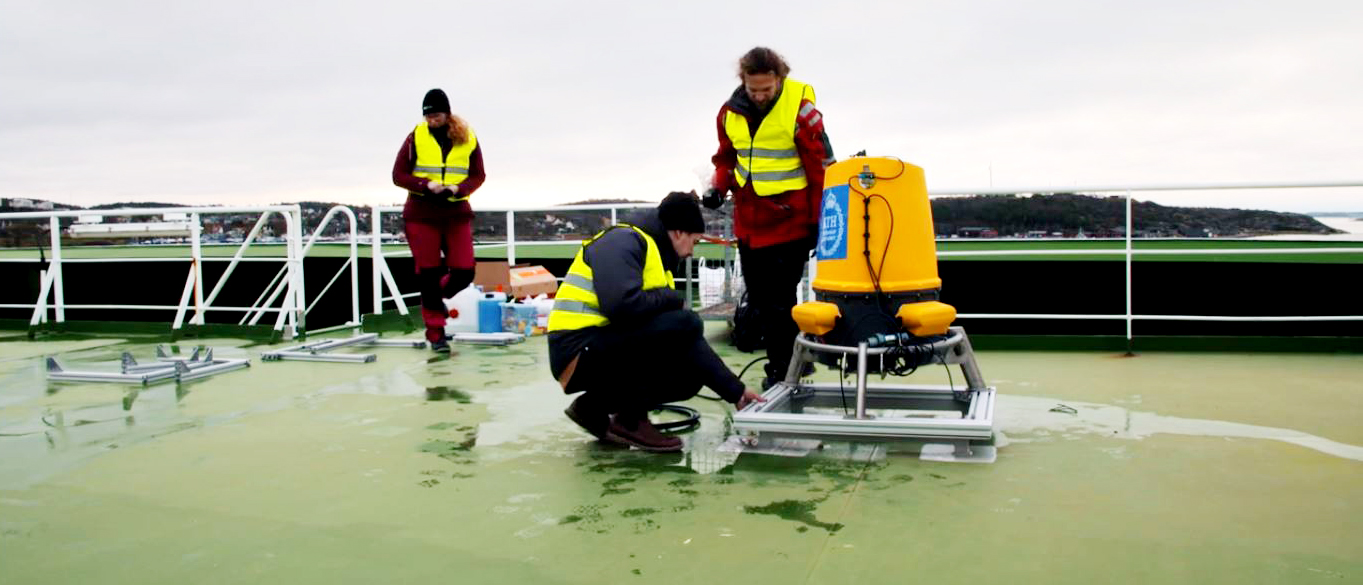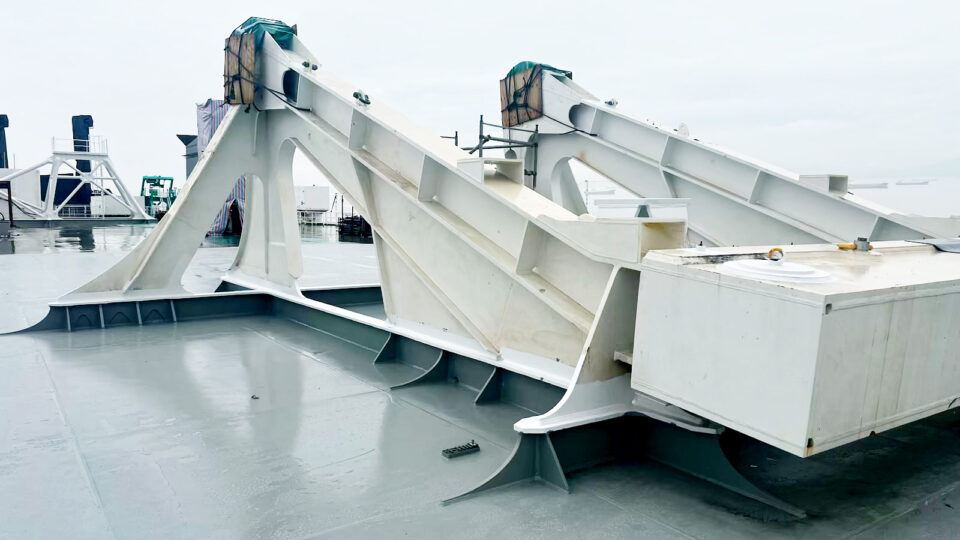In designing wind powered vessels, we need to understand how the wind behaves above the ship. Therefore, the research team have installed advanced laser measurement equipment, so called LIDAR, on an oceangoing ship.
A key to developing wind powered vessels is to understand how the wind behaves. There is few systematic measurement data to validate models of wind behaviour, such as speed variations and sheer, in the atmospheric ground boundary layer (0-250 meters above water) over the open ocean. To understand the characteristics of the wind in this region, Wallenius Marine and KTH has conducted a unique experiment on board the ship Figaro.
Measures 300 meters above deck
The laser measuring equipment LIDAR was installed on Figaro’s tire. The LIDAR equipment can measure both wind speed and wind direction from the ship deck up to 300 meters above deck. That is the entire ground boundary layer and where the wings will operate.
35 million measuring points
The LIDAR gathered its first measurements on a 40 days round-trip between Europe and North America. Researchers at KTH has completed a comprehensive processing of the measurement results and its 35 million measuring points. The team have observed that wind speeds vary less in elevation than normal models predict. They have also seen that the wind sheer as function of elevation wind is relatively small.
The measurements have also shown that the hull have a large impact on wind speed and direction above the ship, even up to 40 meters above deck. To better understand this phenomenon, SSPA has performed CFD calculations on Figaro. Through such calculations, we are able to look in detail at the flow field and better interpret the measurement results.
Next step: study interaction

These results helps the team to direct future research efforts. For example, how to model the wind in ship performance predictions, and what functionality the wing sail should have to be the most effective.
“Our hypothesis before these measurements was that ground boundary velocity and wind distortion would have a major impact on the efficiency of the wings. Now it seems that we need to spend even more time studying the interaction between the ship and the wings” says Mikael Razola, project leader at Wallenius Marine (currently Technical Manager Oceanbird).
“This unique first measurements gave us exactly the data we were looking for. The set up worked as intended and we had good access to the ship.”




